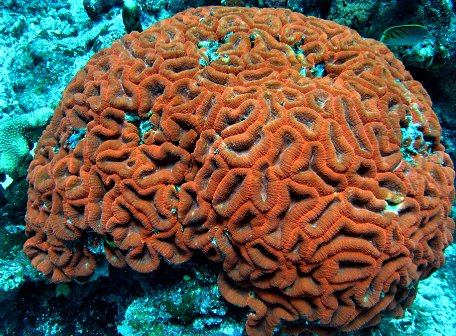One of the first things we do when designing the methods of a study is exclude confounding variables if we can. We attempt to close the system from the interference of extraneous agency and events.
Causal closure of the physical prohibits agency to be able to interfere with measurements done of a closed system. Roughly speaking, it means that certain reproducible forms of human telekinesis must be false, nothing else.
Calculating all the influences on the net electrical field in which an electron within the body of a living human moves requires the "closed" system to be so large it is _totally incalculable_ if we include the person's body and environs within the system (just closing it within a couple of meters of the mat where the person under study is lying down, for example).
As a result, the only way causal closure could ever be shown in practice requires that we exclude people and society from our measurements. If a person messes with our equipment from the outside, say by waving a magnet near the chamber, we discard the artifactual changes.
Causal closure could in principle be falsified (reproducible telekinesis would do it), but it cannot actually (empirically) be proven.
Causal closure is thus a philosophical extension of a simplifying method, and the idea is not entailed by the method at all. In fact, as discussed in the paper below, even sub-cellular level biological systems are incalculable within the bounds of the physical universe, and as such may show properties that are non-predictable by the micro-physical laws because those laws require we calculate mathematically the behavior of the biological system, and that is in principle impossible within the bounds of the universe!
---------------------------------
ABSTRACT
Emergent biological principles and the computational properties of the universe
P.C.W. Davies
The claim that life is an emergent phenomenon exhibiting novel properties and principles is often criticized for being in conflict with causal closure at the microscopic level. I argue that advances in cosmological theory suggesting an upper bound on the information processing capacity of the universe may resolve this conflict for systems exceeding a certain threshold of complexity. A numerical estimate of the threshold places it at the level of a small protein. The calculation supports the contention that life is an emergent phenomenon.
Comments: 9 pages. no figures, research paper
Subjects: Astrophysics (astro-ph)
Journal reference: Complexity 10 (2004) 1
Cite as: arXiv:astro-ph/0408014
(or arXiv:astro-ph/0408014v1 for this version)




